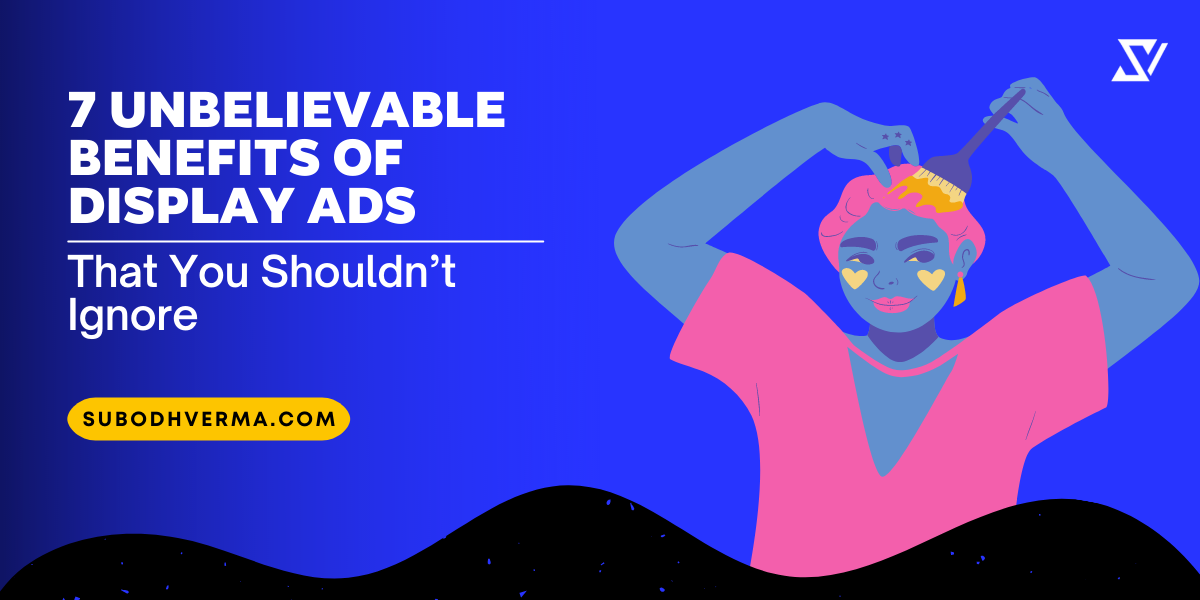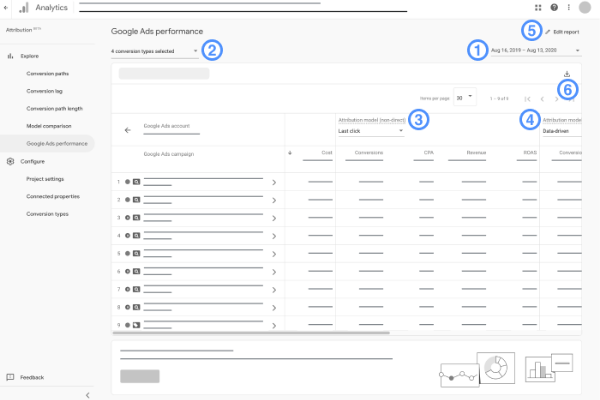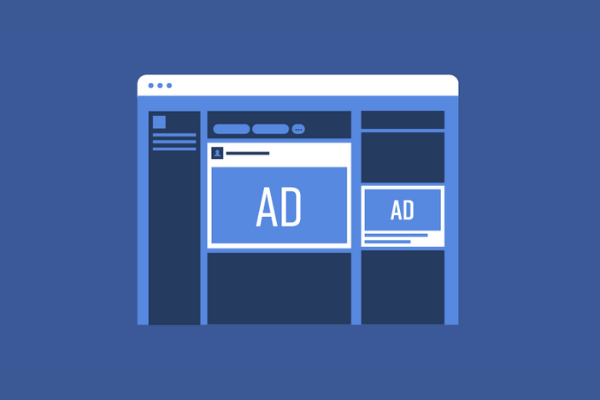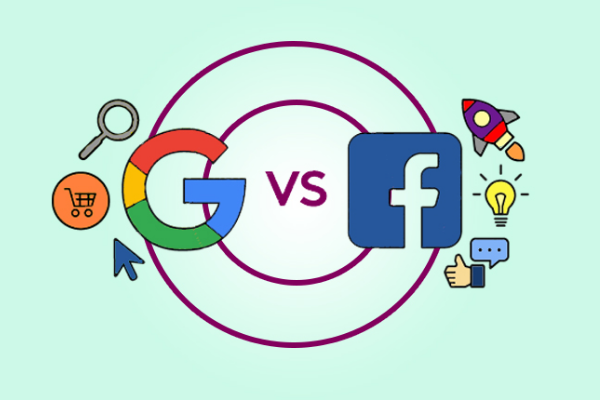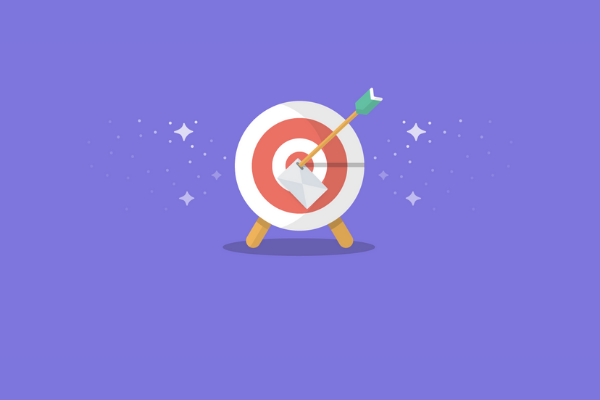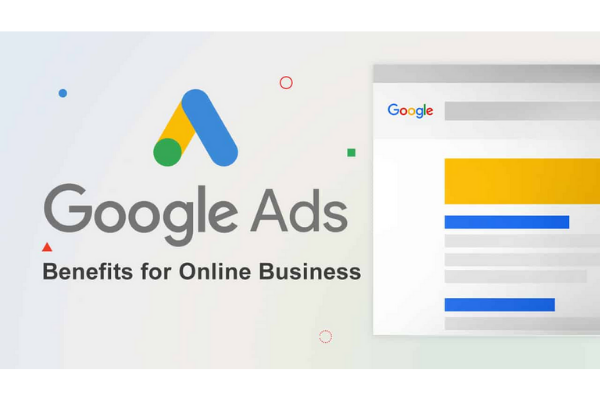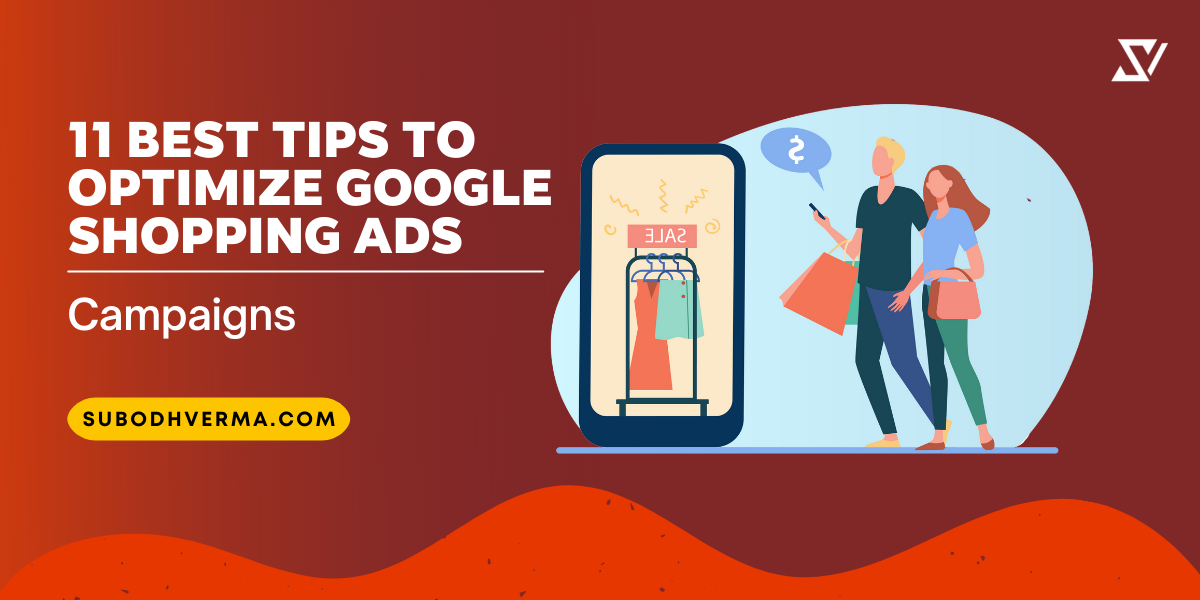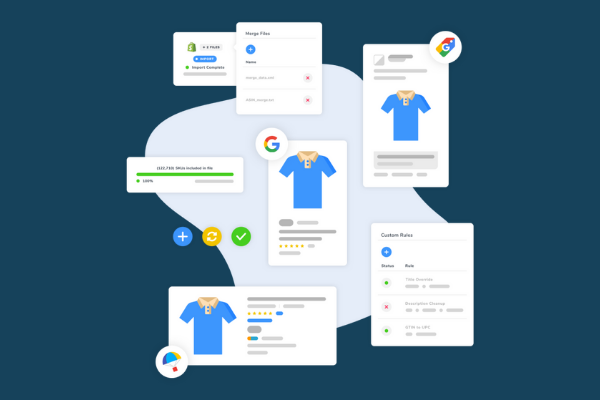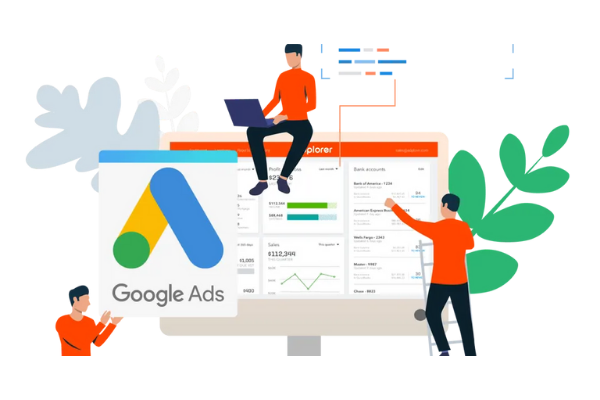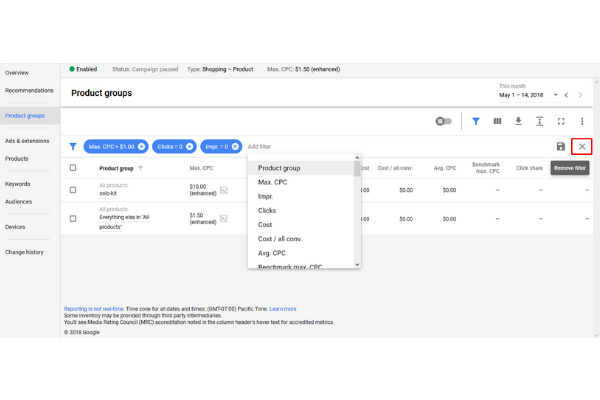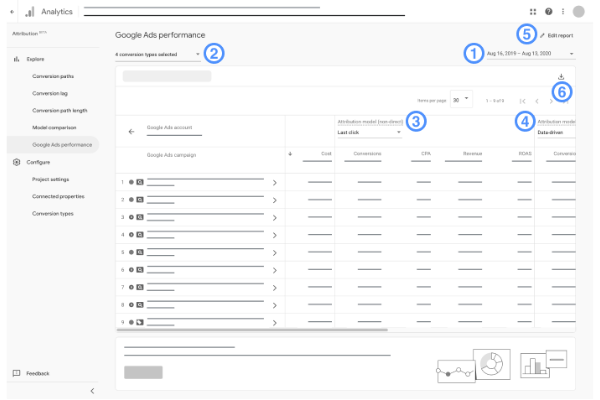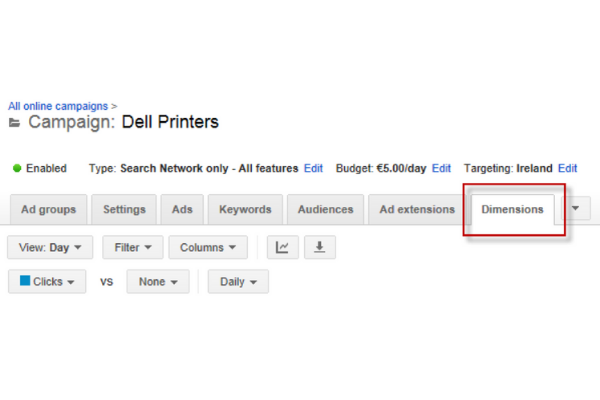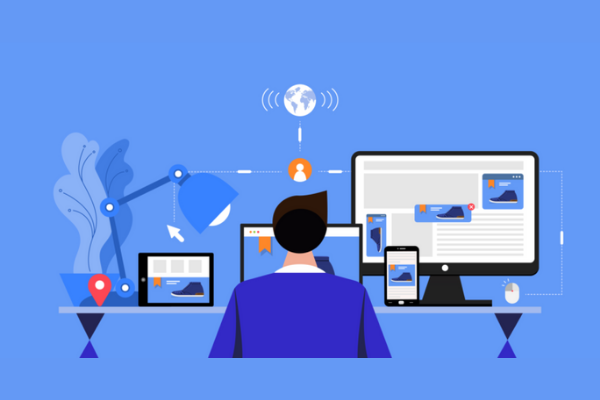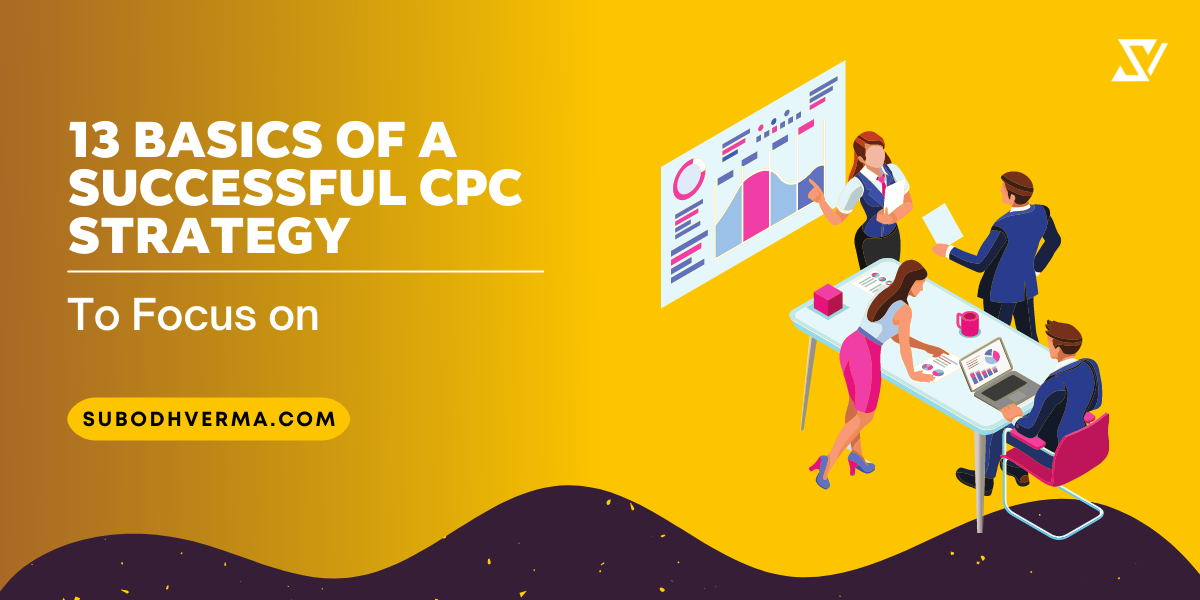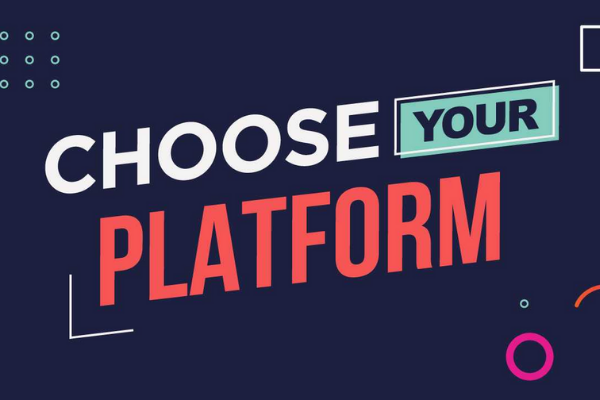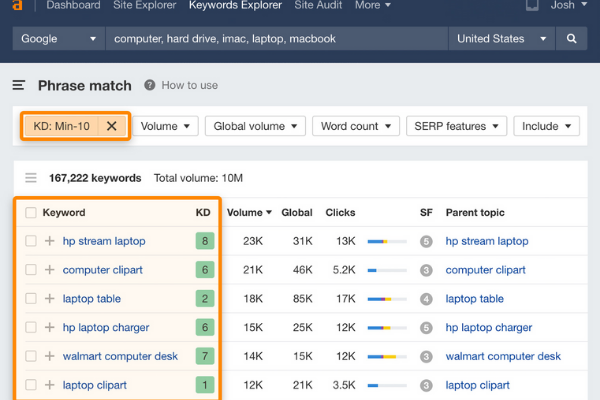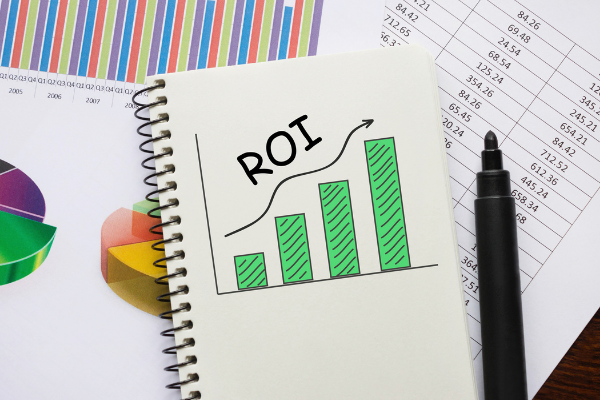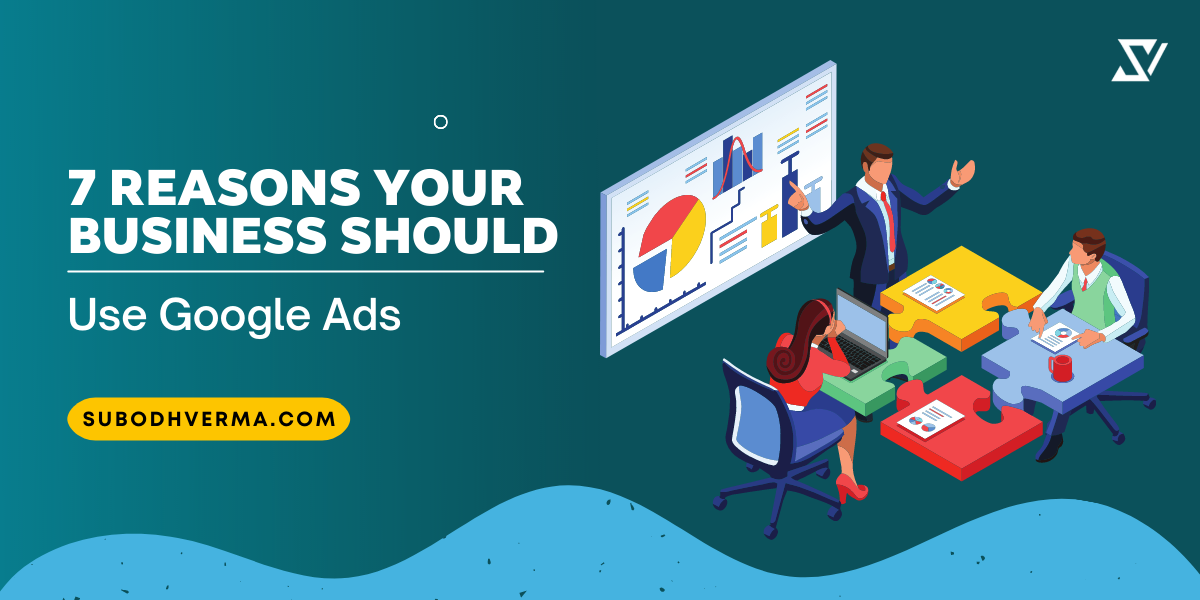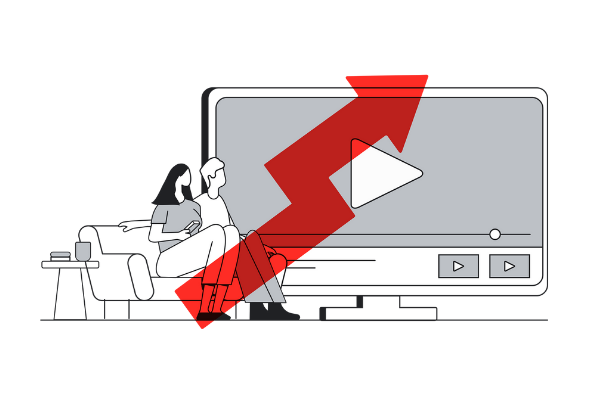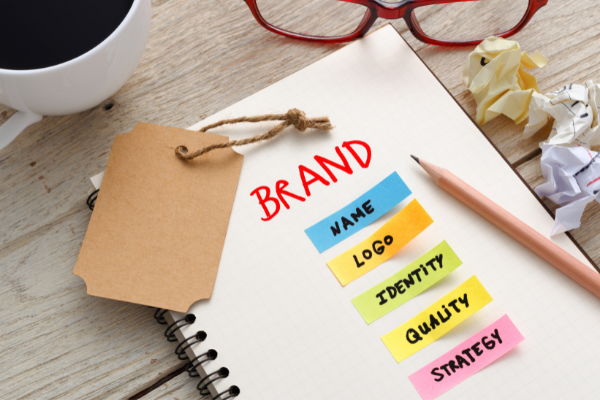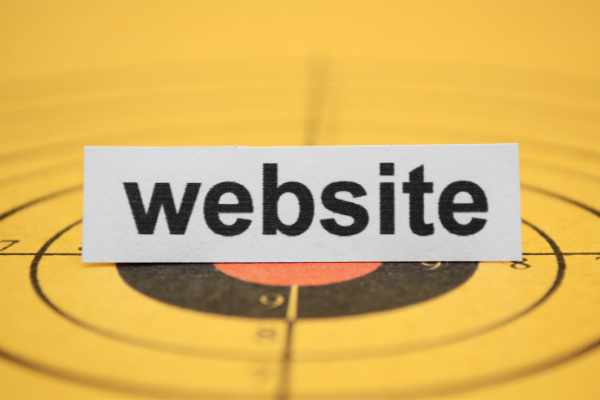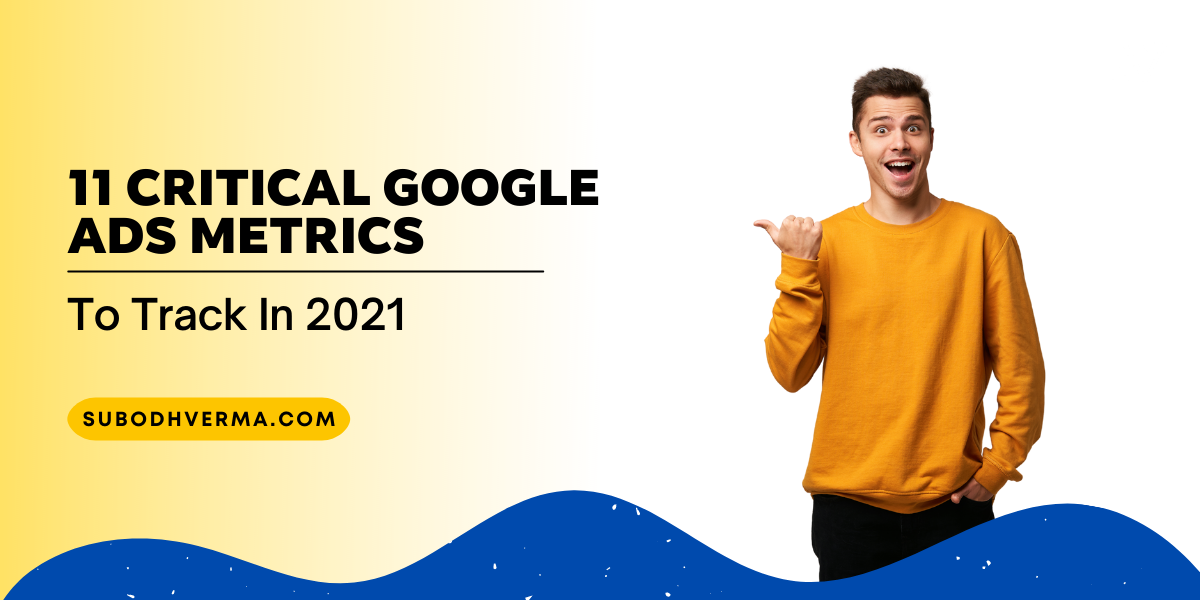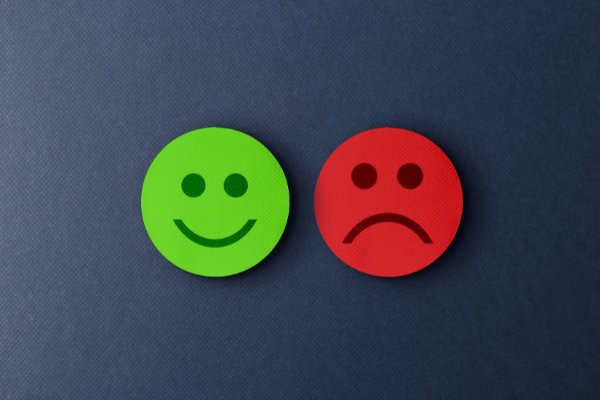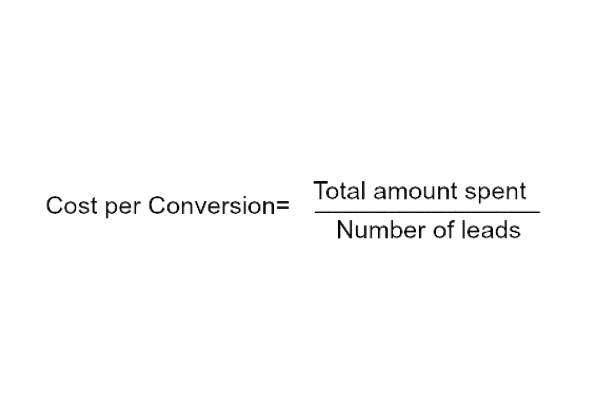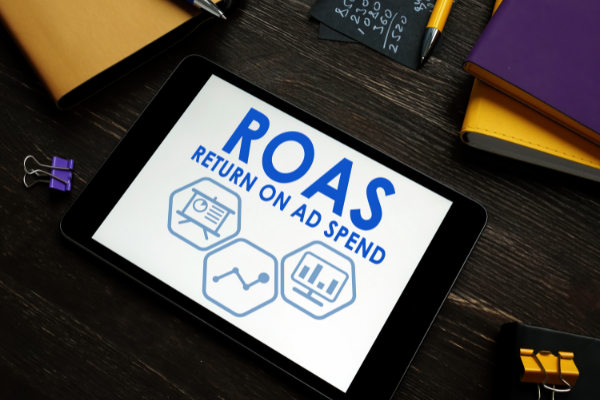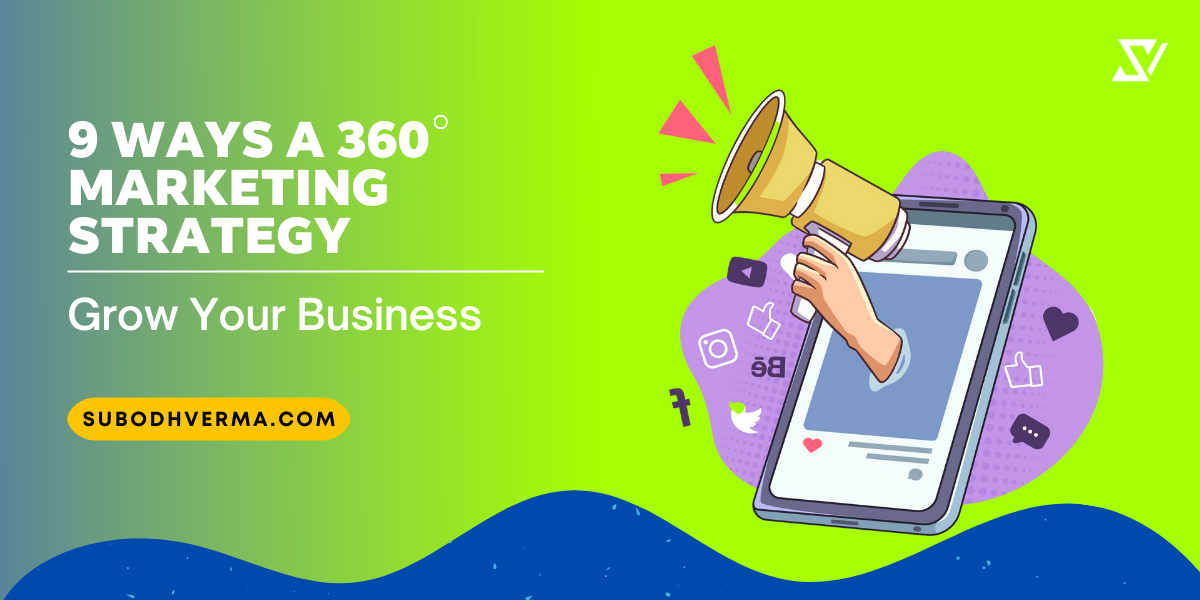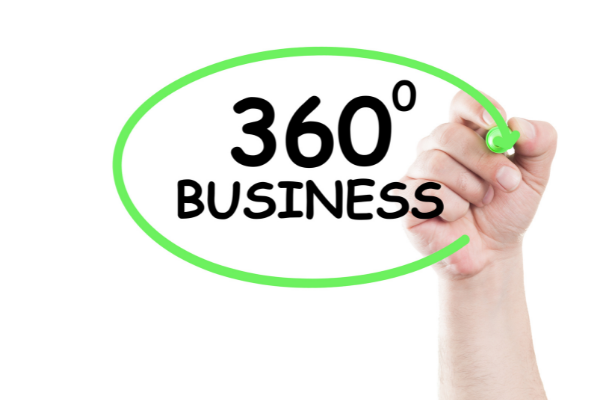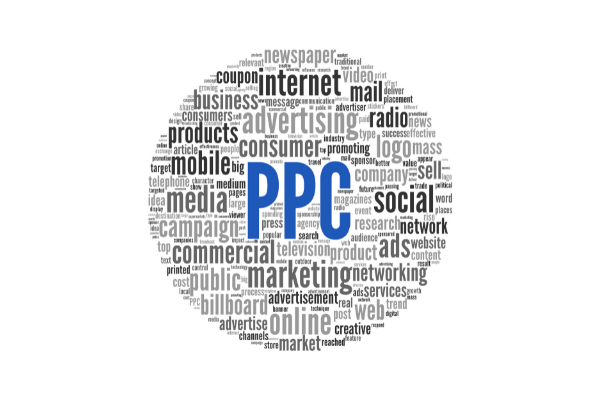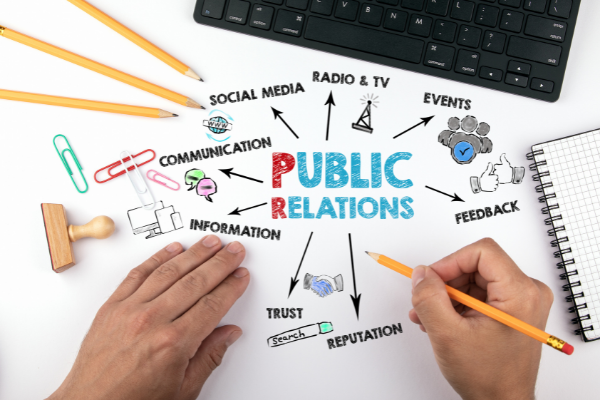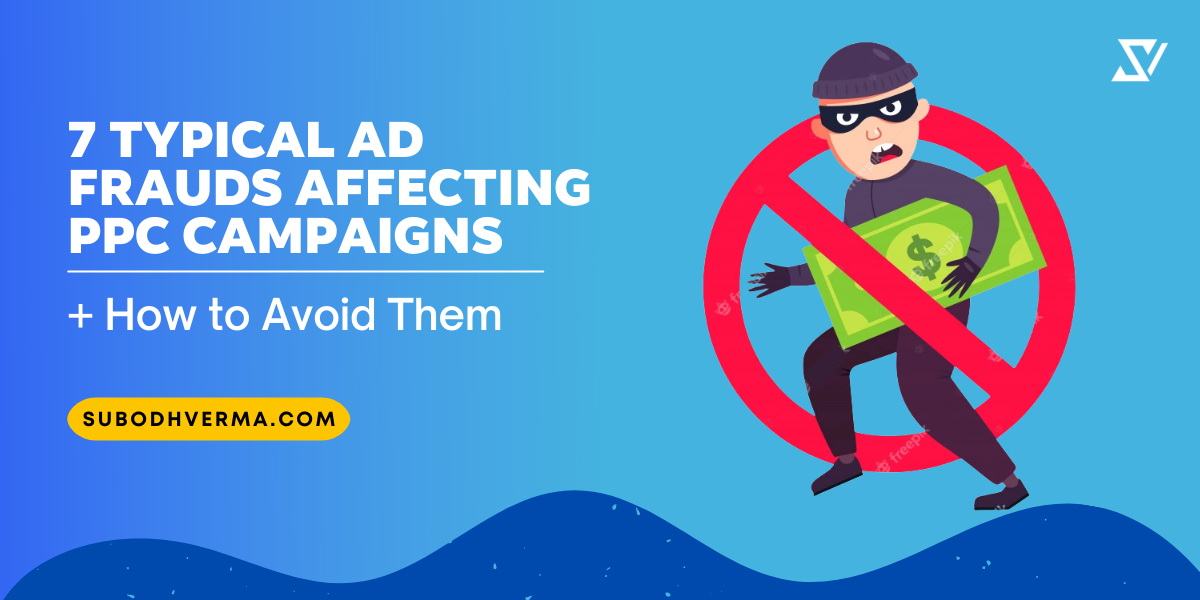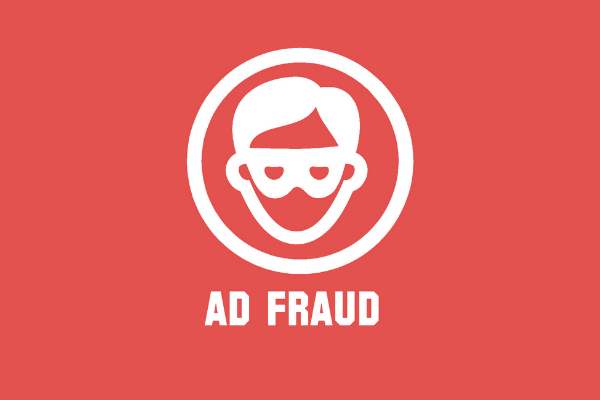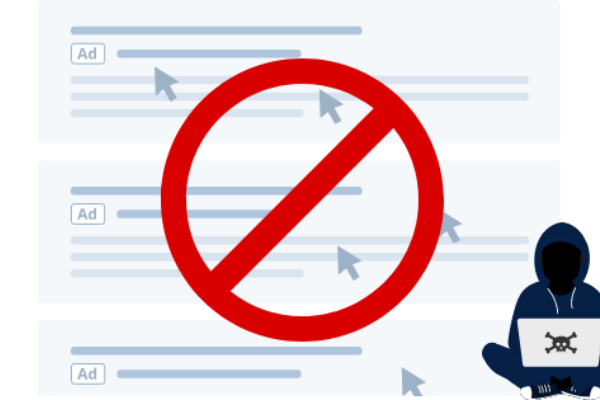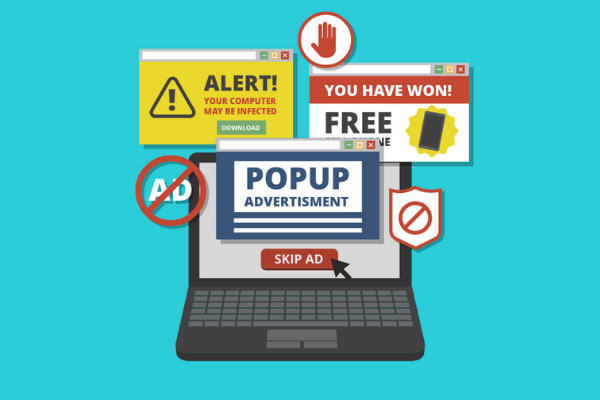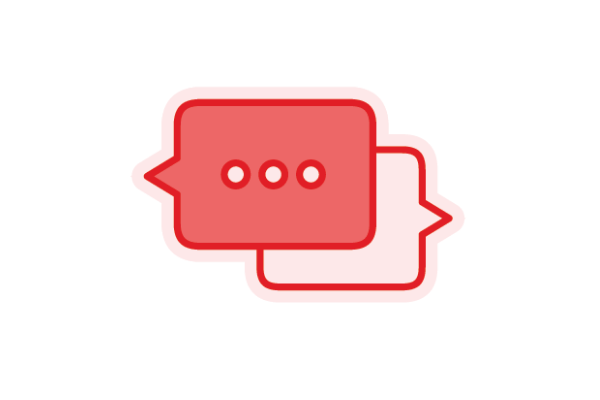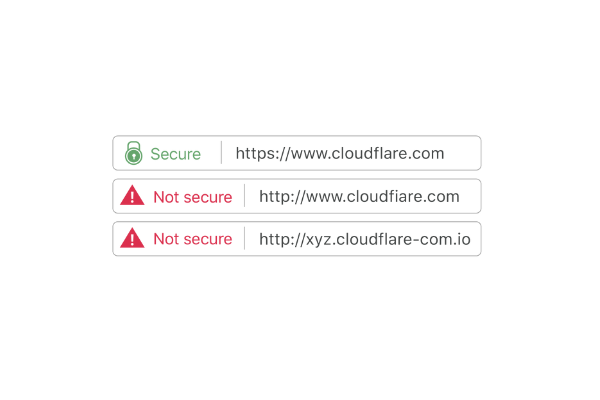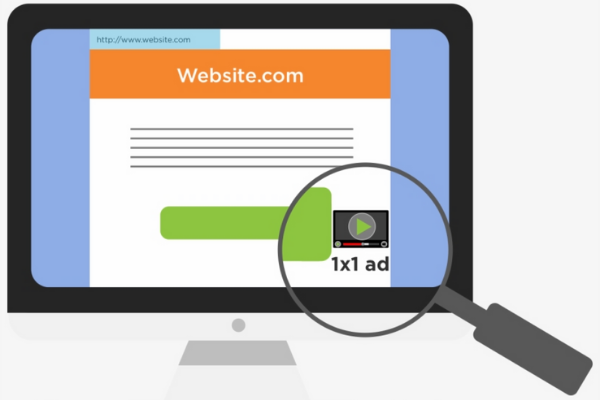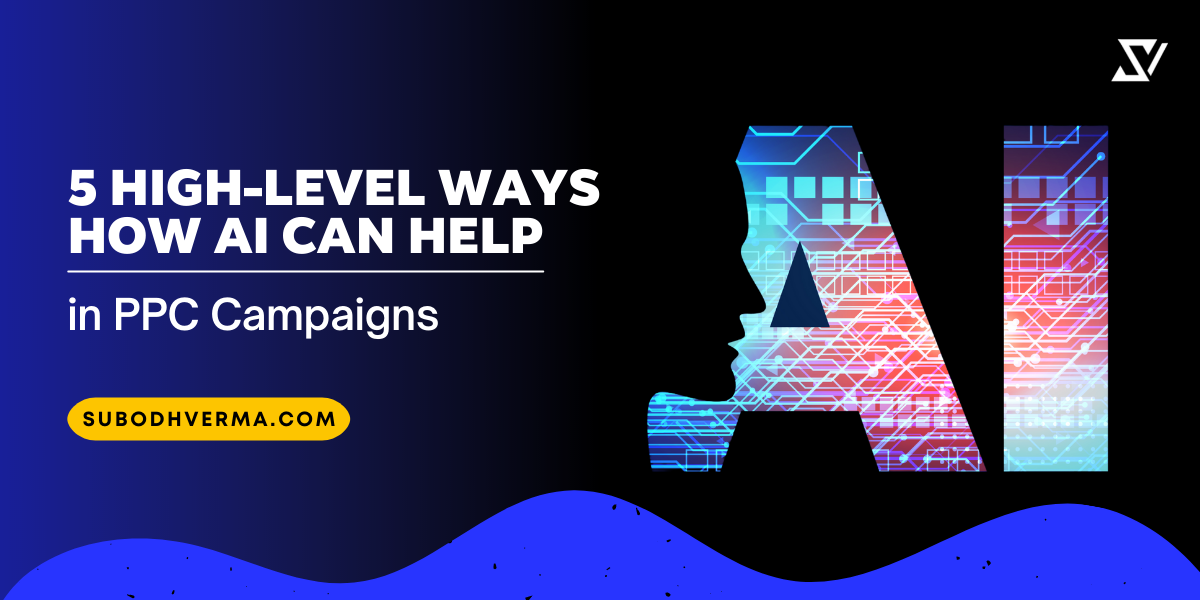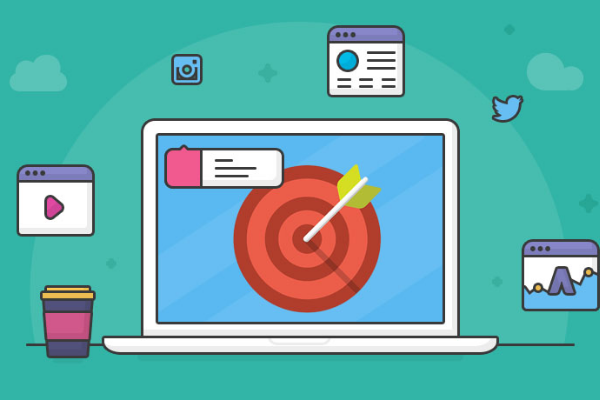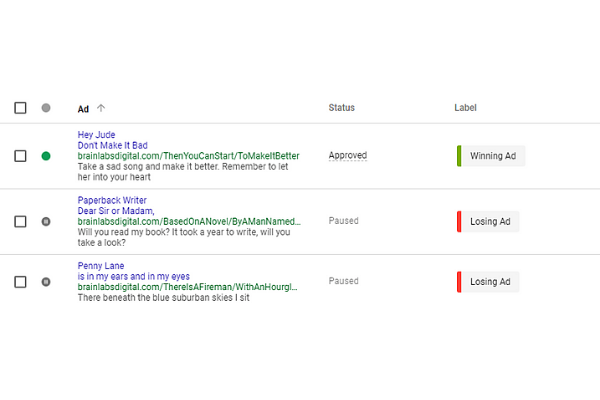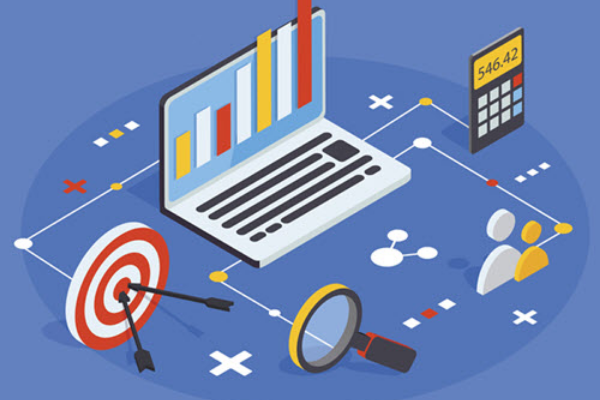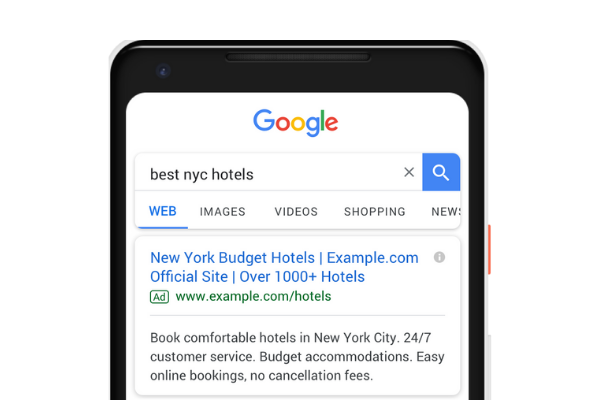If you’re a small business owner or entrepreneur, there’s a good chance that you’ve been struggling with how to get your company name out in public.
Many traditional marketing methods can be used, but what if I told you about an easier way?
Yes, it’s Display Ads!
Display ads are becoming increasingly popular to generate leads because of their high return on investment. The average cost per acquisition for display ads is $8, which means that if your company spends $8, you’ll likely get at least one new customer.
Plus, with so many types of businesses using them, there’s something for everyone!
In this blog post, we’ll explore 7 unbelievable benefits of display ads that you shouldn’t ignore.
What Are Display Ads?
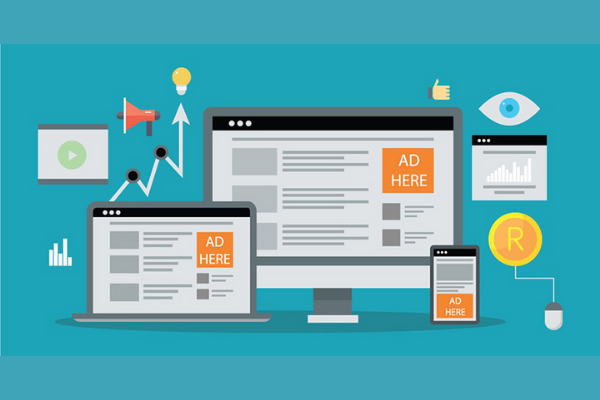
Display advertising is a form of digital marketing that attracts an audience’s attention and encourages them to take action. It often comes in the form of text-based, image, or video advertisements which encourage users to click through for more information about what you have to offer at your site (e.g., make purchases).
Like other forms such as search engine optimization campaigns, most display ads are charged by cost per click rates – every time someone clicks through from their searched result page, it will come out costing money based on how much bidding was done during campaign setup time.
These are incredible ways to reach out and touch your ideal audience. It is where you can target users who have already visited a specific website so that they’re retargeted with ads encouraging them at different points in the buying process-or even before they visit!
Also read: 7 Top Google Ads Best-Practices To Skyrocket Your Sales!
Why Using Display Ads Are Important?
Display ads are an effective way to get the target audience of your products aware of them without having to push products out into an ocean of competitive marketing. It is often less expensive than banner ads because the only interruption they cause comes in the form of a single post on social media.
These ads will attract attention and trigger curiosity about something, which will enable you (the advertiser) to direct the user’s traffic towards an informative website or landing page where they can make their decision based on all available information. Anyone who has seen one knows how funny it is, not knowing what it’s for when it seems obvious after seeing what was advertised.
These are important to show your brand in front of specific audiences looking for your product or service, as they help you interact with customers when they’re in the right mindset and at their most receptive state.
7 Benefits Of Display Ads That You Shouldn’t Ignore
Boost Brand Awareness & Visibility

Display ads are fantastic at boosting the brand awareness and visibility of a business. Suppose you have a consistent background campaign running for an extended period. In that case, people will begin to recognize your products without realizing that it is a display ad that triggered their action. These ads would often show up as pop-ups or interstitials from high-traffic websites with high conversion rates.
Also read: Increase Brand Awareness Using PPC And Paid Social Ads
Fantastically Visually Appealing
Eye-catching, vibrant colors make display ads visually appealing, consequently increasing click-through rates (CTR). With the right image size and placement, you can use display advertising to tell a story about your product – making it stand out from all other products in its category! Not just this, they also give you the facility to test out different messages with different images. It is where your audience will know more about your product, and they like it more.
Target Right & Vast Audience

You can target your display ads to specific audiences based on multiple criteria, including age, gender, occupation, interests, geographic location, and even income level. It means advertisers can narrow down their campaigns to potential customers who are likely to interact with them. It provides a larger reach without worrying much about the cost of targeting a smaller audience base since there is no limit in terms of budget for a display ad campaign, unlike other digital marketing channels.
Give Retargeting Opportunities
Who doesn’t love a person who keeps track of their back? It is what retargeting does. It allows businesses to show ads that are customized for their targeted audience. It means you can make them aware of your product or services multiple times before they take the final step and convert into a customer. Retargeting ads allow potential customers to keep checking back without any cost, which works well as an effective strategy to build brand awareness at zero cost!
Appears On Popular Websites
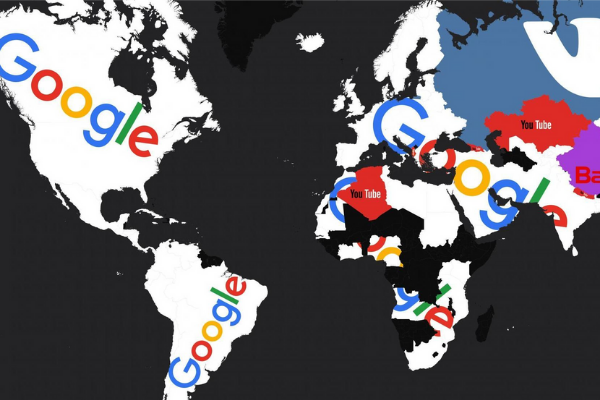
Display ads work like magnets wherever they appear on the web because people cannot help but click on them every time they appear! Display advertising is one of the most popular forms of online marketing, making it voluminous and diverse – giving different kinds of marketing opportunities where you won’t get lost in the crowd.
Helps In Easy Tracking & Measuring

It is as simple as checking your website stats for useful data about your display advertising campaign – like number of ad impressions, several clicks, CTR, and CVR (conversion rates). You can also check out reports like demographics or interests to see who clicked on your ads. All this information would help you make better decisions in terms of budget allocation; since smart decision-making requires precise tracking and analysis of all web marketing channels – including display ads!
Cost-effective Form Of Advertising
Display Ads are ‘cost-effective’ in many ways:
- There is no need to create separate landing pages and strategies for every ad, and you can do it using one ad.
- It saves much of the time required in creating different strategies, ideas, posts for multiple websites & blogs.
- You cannot miss these ads on any popular website – so your brand name will be visible everywhere!
- You can reach out to the larger audience with just a click – it makes it easy now, doesn’t it?
- As mentioned earlier, retargeting allows you to promote your product/service even after getting potential customers’ attention.
- Since display ads are contextual ads that appear through premium publishers, it makes the content of your ad more relevant and appealing to people.
Summing Up!
If you want to make your business grow and increase sales, display ads can be a great way to do it. Display ads are affordable, but they also provide many benefits for both the company that is advertising with them and the customer who sees them.
With so many amazing facts about how successful display ads have been in increasing sales, there isn’t any reason not to use these types of advertisements if you’re looking to boost revenue or get more customers on board!
Contact me today if you’d like help implementing this strategy into your marketing plan. I would love nothing more than to be able to work together on an exciting new project that will allow your businesses’ success rates to continue growing exponentially!
